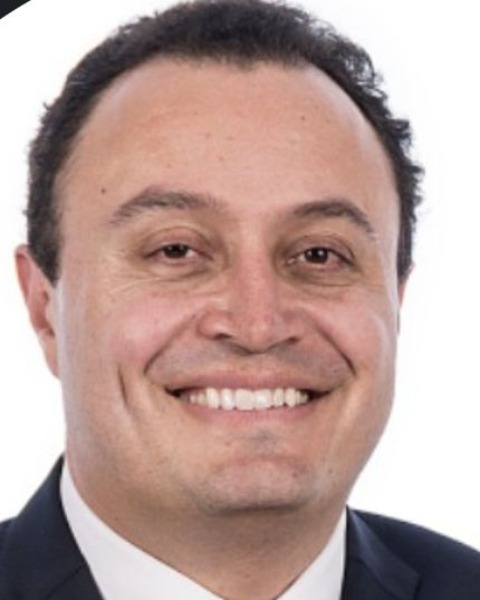Rapid Fire Abstracts
Imaging Characteristics and Mortality of Patients with Left Ventricular Apical Hypertrophic Phenotype Referred to CMR in a Latin-American Center. (RF_FR_411)
- MV
Maria-Daniela Valderrama-Achury, MD
Fellow Research Assistant
Research Institute Mcgill University Health Centre , Canada - MV
Maria-Daniela Valderrama-Achury, MD
Fellow Research Assistant
Research Institute Mcgill University Health Centre , Canada - DT
Daniela Torres, MD
Research assistant
LaCardio, Colombia - JF
Julian Forero, MD
Radiologist
Fundacion CardioInfantil - Instituto de cardiologia, Colombia - CJ
Claudia Jaimes, MD
Cardiologist
Fundacion Cardioinfantil - Instituto de Cardiologia, Colombia 
Carlos Guerrero, MD
Adult Congenital heart Disease
Fundacion cardioinfantil-LaCardio
Bogota, Colombia- Sg
Sebastián gallo, MD
Radiology Resident
Massachusetts General Hospital - Harvard Medical School - SH
Sergio Higuera, MD
Cardiologist
Instituto del Corazón de Bucaramanga, Colombia - MR
Maria Rodriguez, MD
Cardiologist
LaCardio, Colombia 
Hector Medina, MD, MPH
Cardiac Imaging
Texas Heart Institute
Texas Heart
Presenting Author(s)
Primary Author(s)
Co-Author(s)
Methods: We conducted a retrospective analysis of adult patients referred to CMR in our institution between January 2016 and May 2024. We analyzed the prevalence of aHCM and EMF among all patients referred to this non-invasive study along with their imaging characteristics and all-cause mortality. Descriptive statistics were used, and Kaplan-Meier curves were generated to illustrate the survival probability between the two groups. All-cause mortality data was ascertained using the national mortality database.
Results:
A total of 9,323 CMRs were initially included in the total cohort and, eventually, aHCM and EMF represented 0.007% (aHCM: n=41 and EMF: n=28) of all patients. More than half were males with no gender predominance (aHCM: 56.1% and EMF: 53.6.1%; p=0.03) and the mean age was also similar (63.6 years +/- 10.0: vs 66.4 years +/- 11.3: p=0.27). Prevalence of left ventricular thrombi (LV-T) was significantly lower in patients with aHCM compared to EMF (4.9% vs 64.3%, respectively; p=< 0.001:). Patients with aHCM had lower end-diastolic volume (152.54 ml +- 98.13 vs 133 ml +- 27.71 p=0.745) and higher prevalence of late gadolinium (85.4% vs 96.4%; p=0.035) compared to EMF. A higher all-cause death in EMF (25%) was noticed, as described in Figure 1, after a mean follow-up of 36 months with statistical difference (p=0.005).
Conclusion:
In a Latin-American center, CMR was feasible and played a critical role to differentiate phenocopies such as aHCM and EMF. Among patients with these two conditions, there is a very high prevalence of LV-T and left ventricular scar was common in both groups. The mortality of EMF was high (25%) after a relatively short mean follow-up of 3 years. Further cohorts are necessary to determine the utility of CMR to guide management and improve outcomes in these patients.

